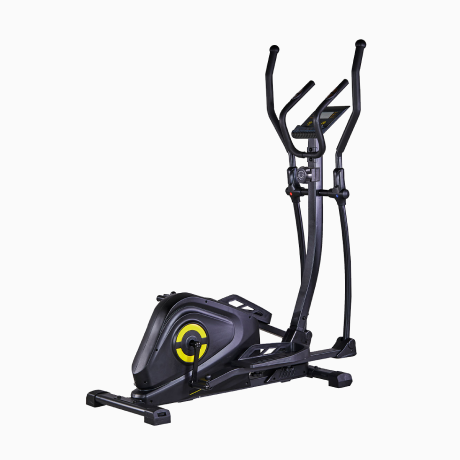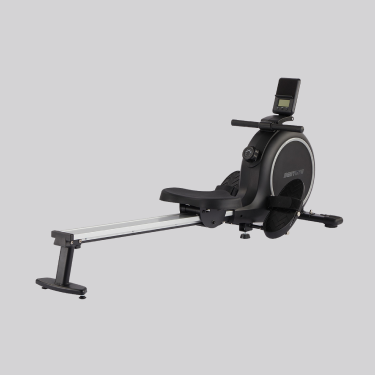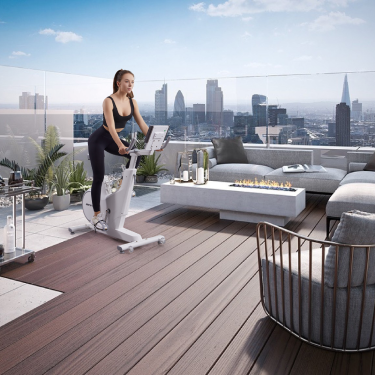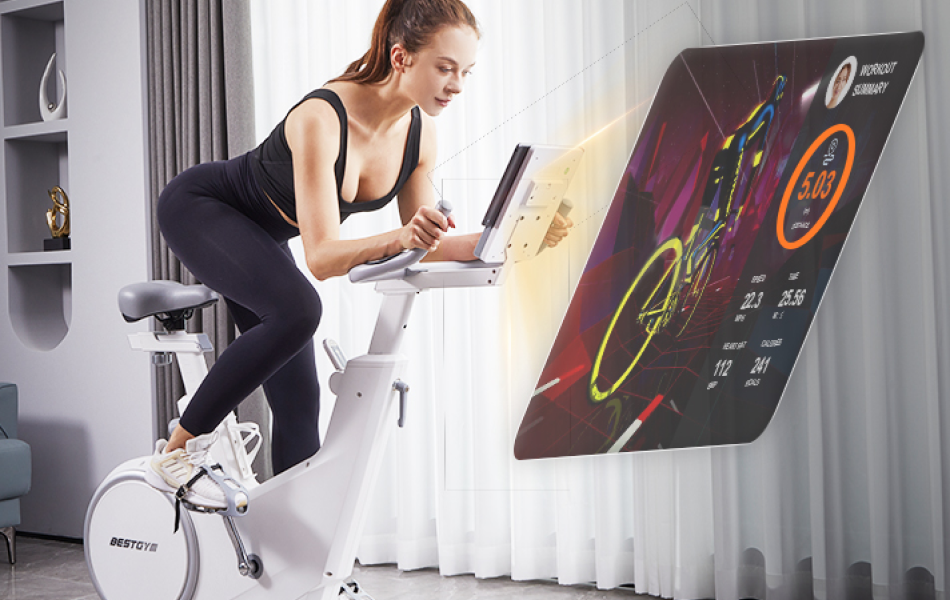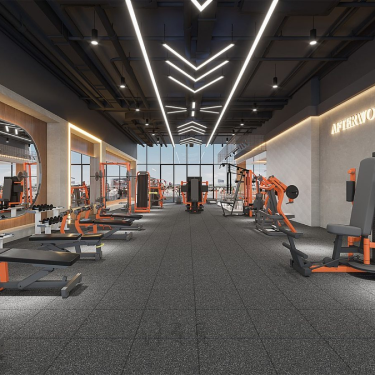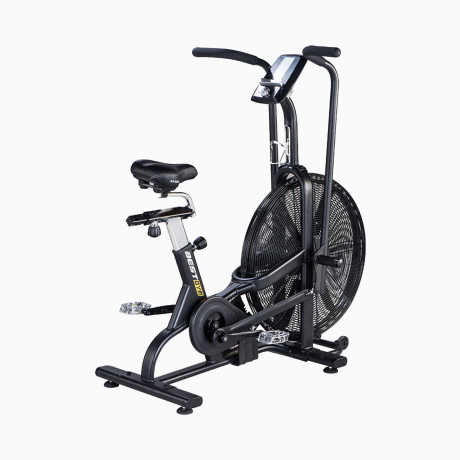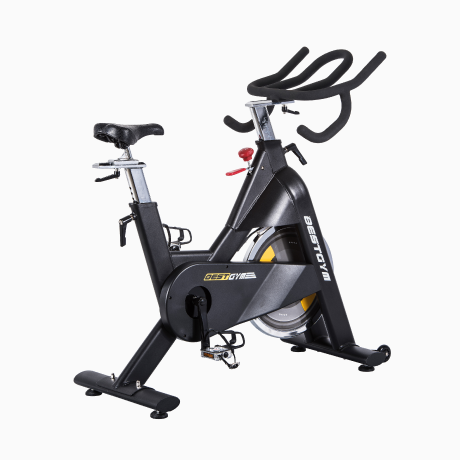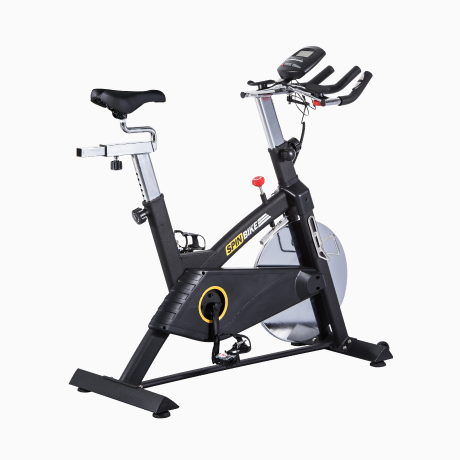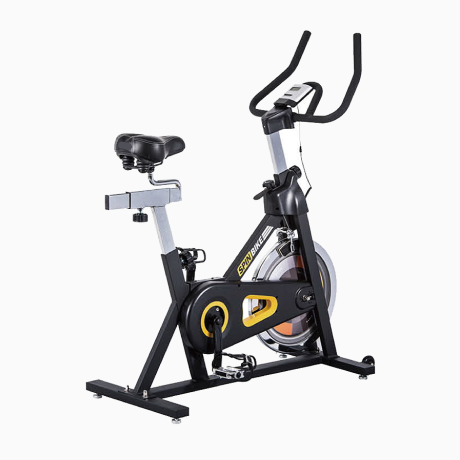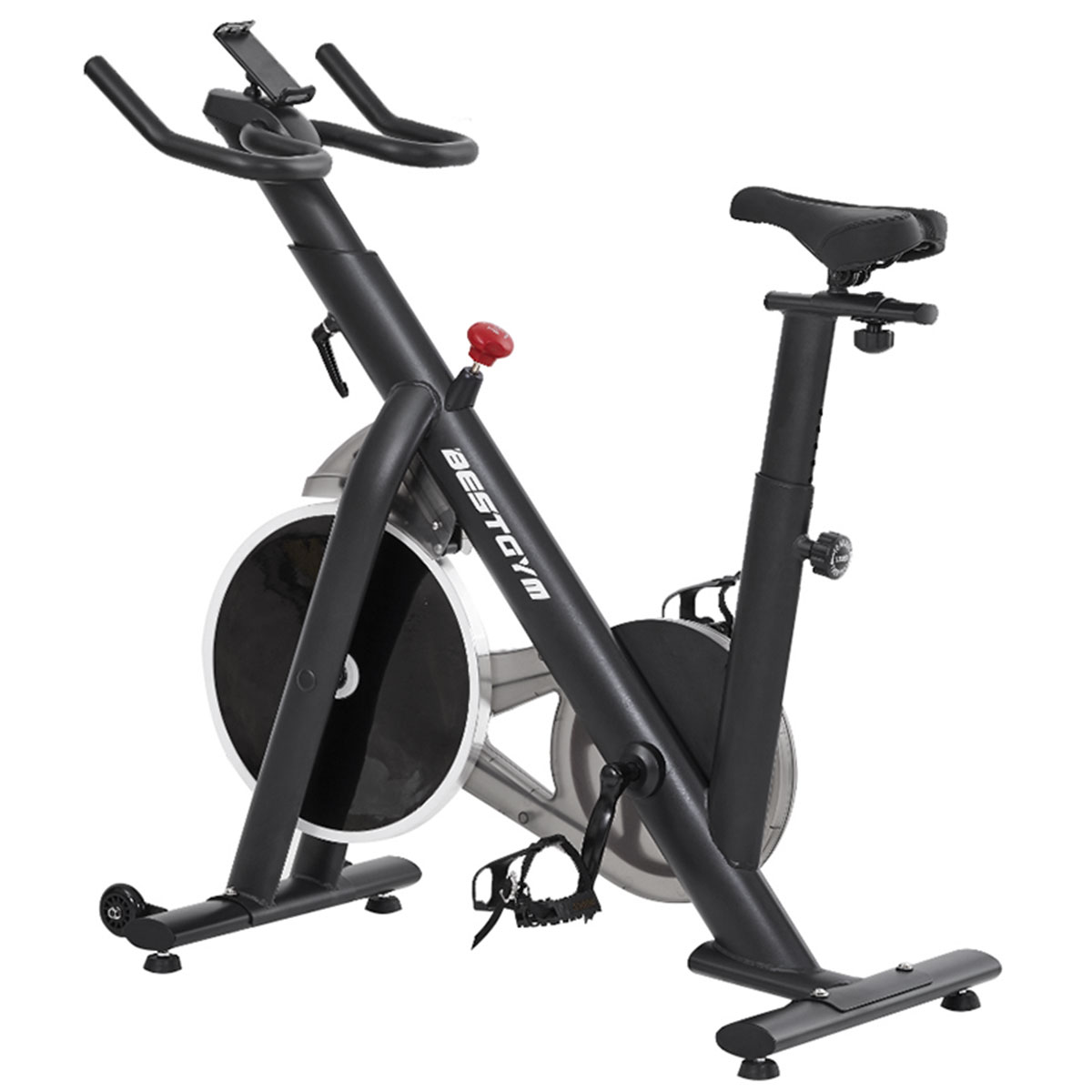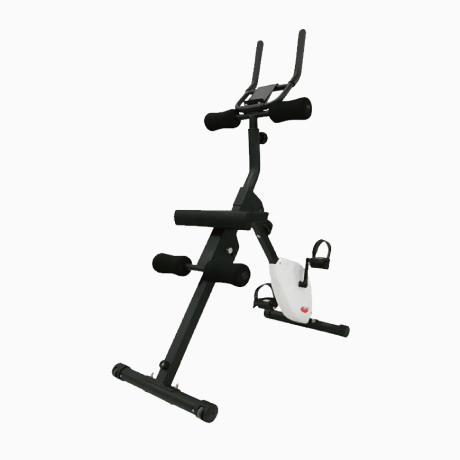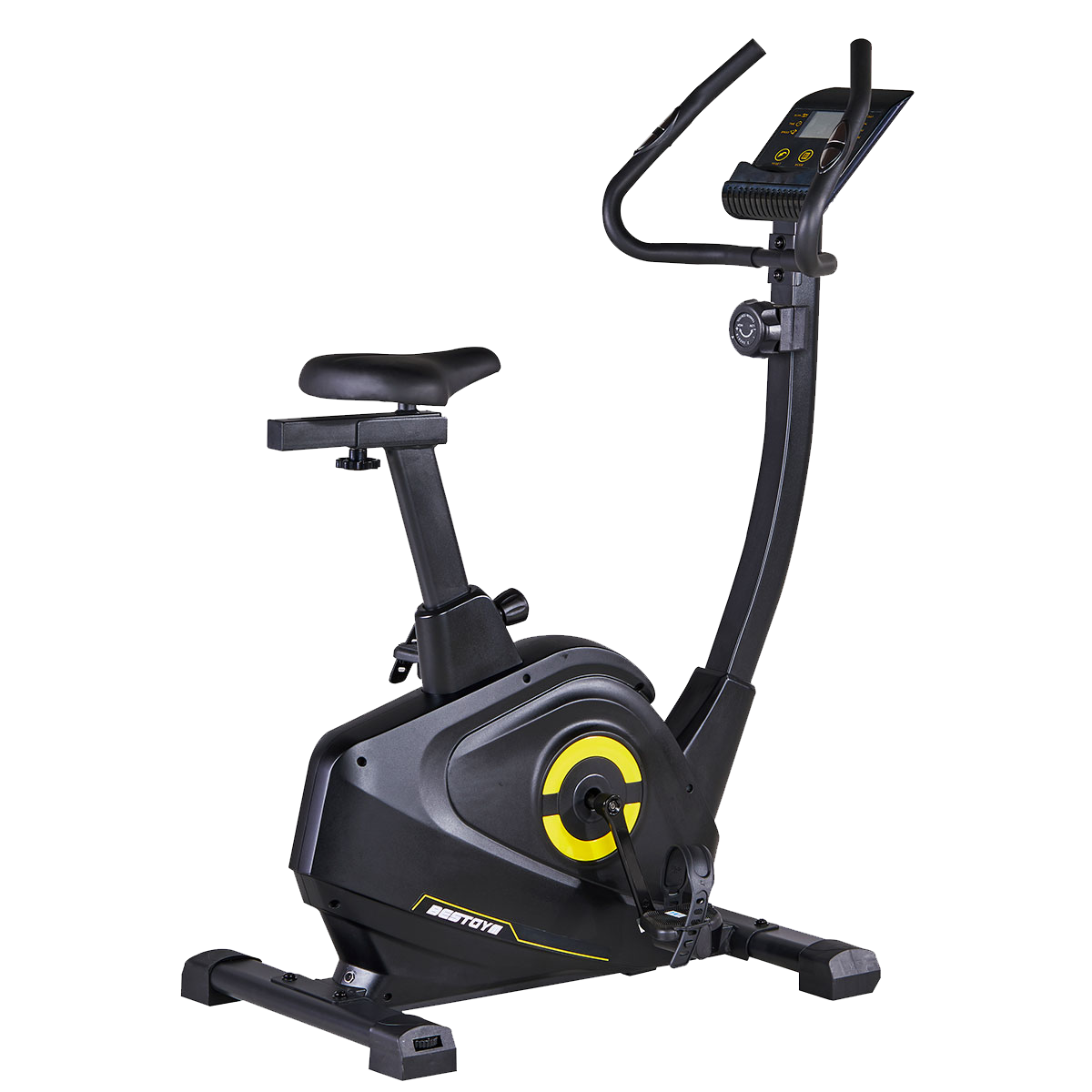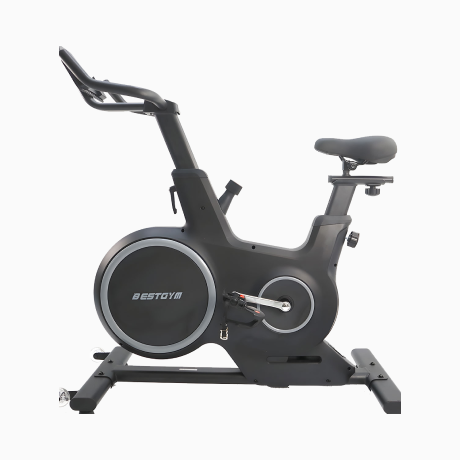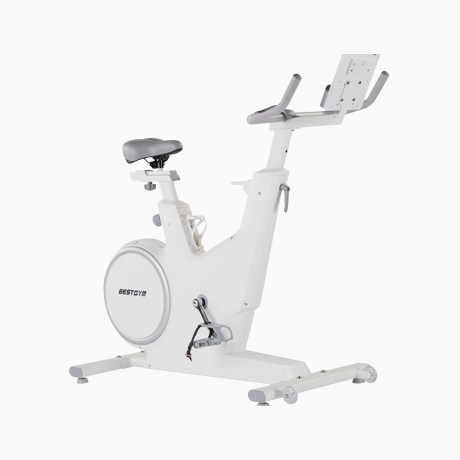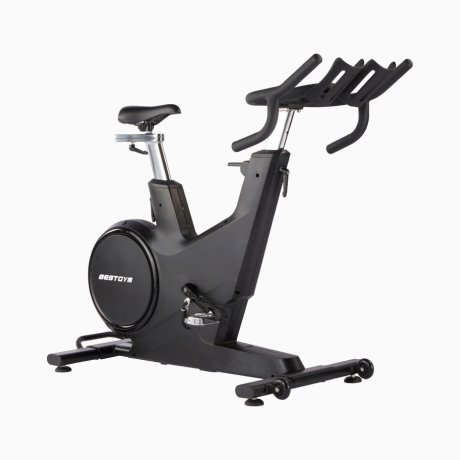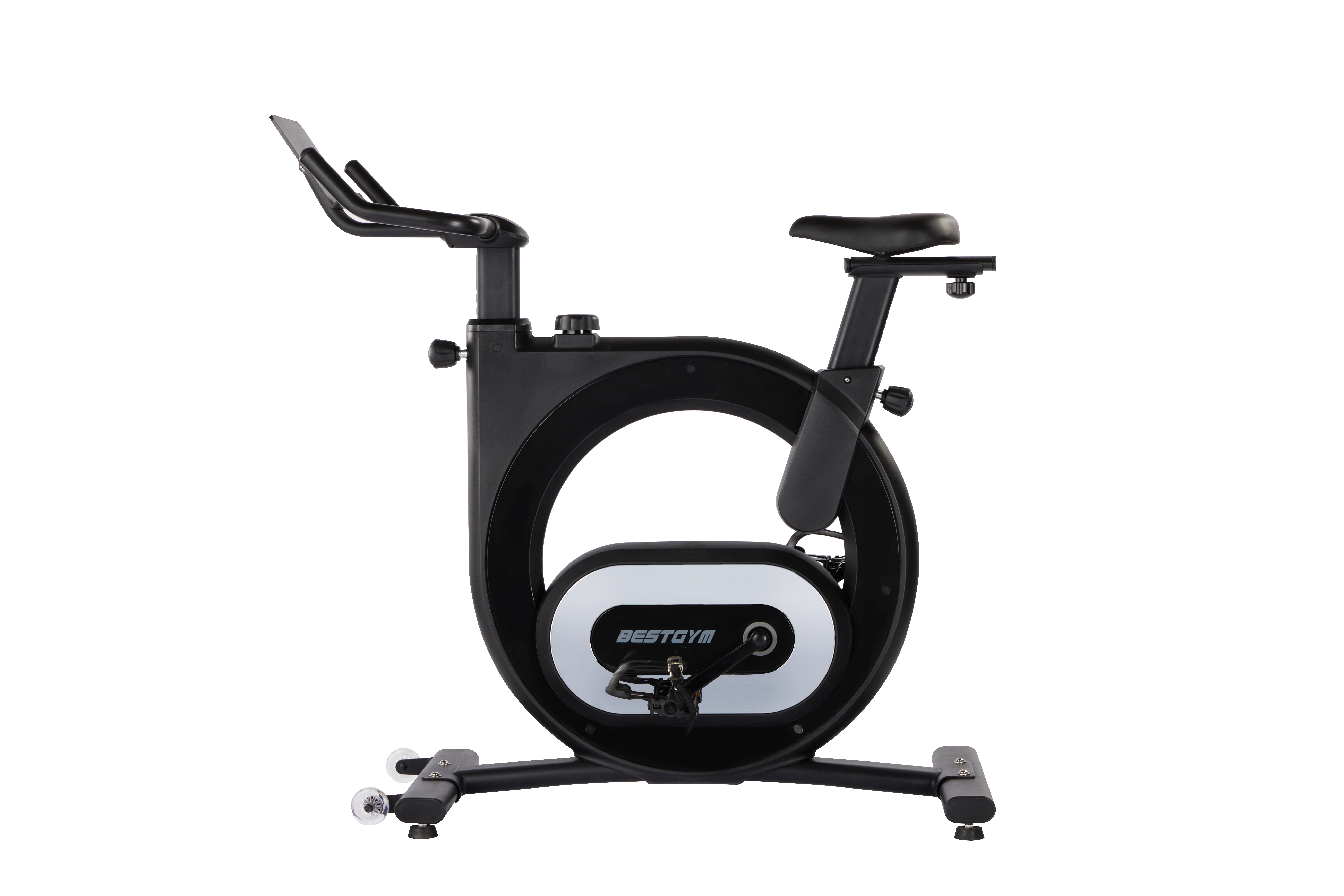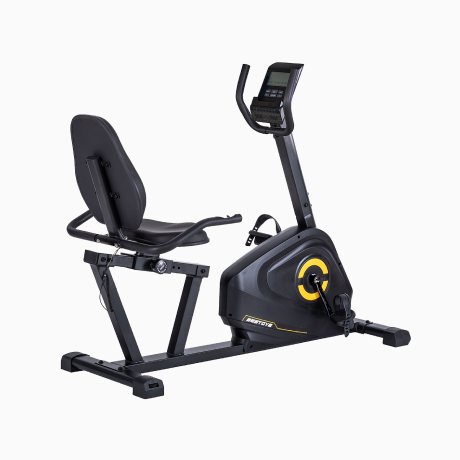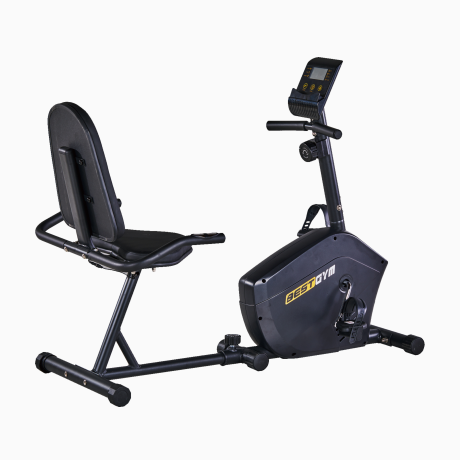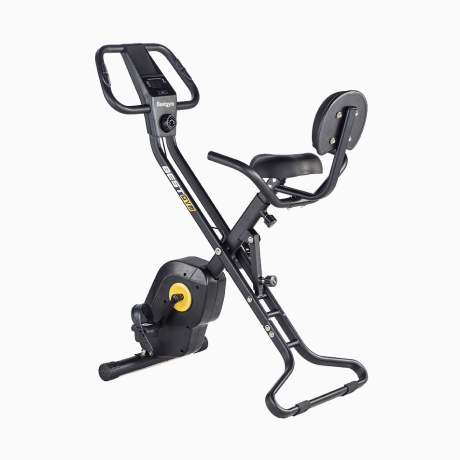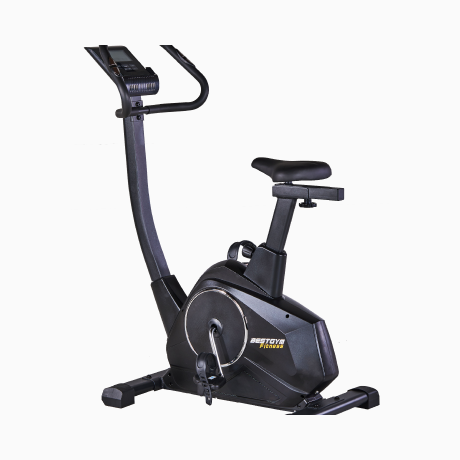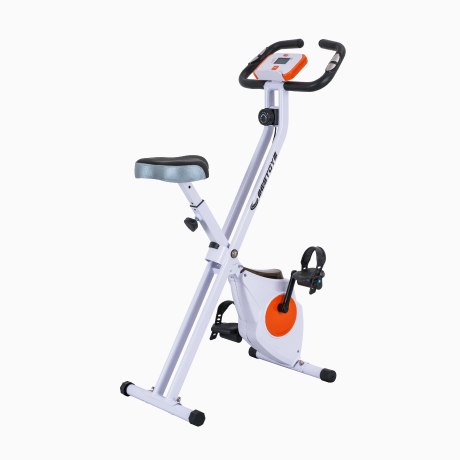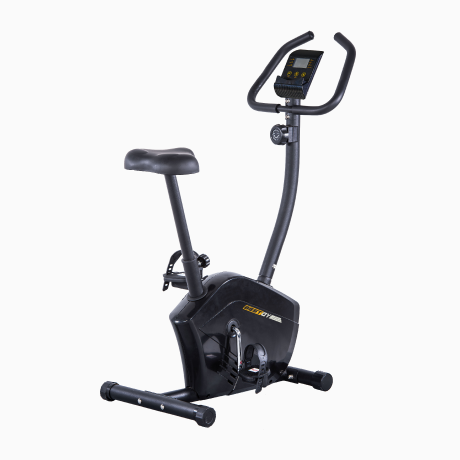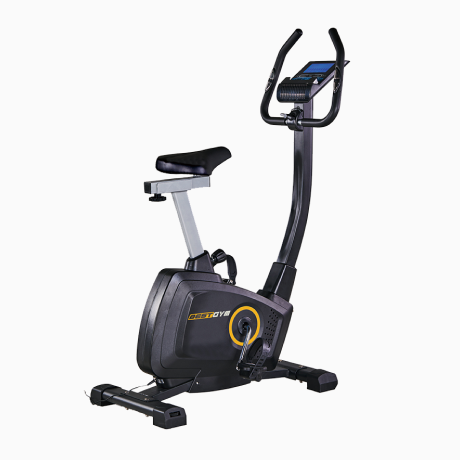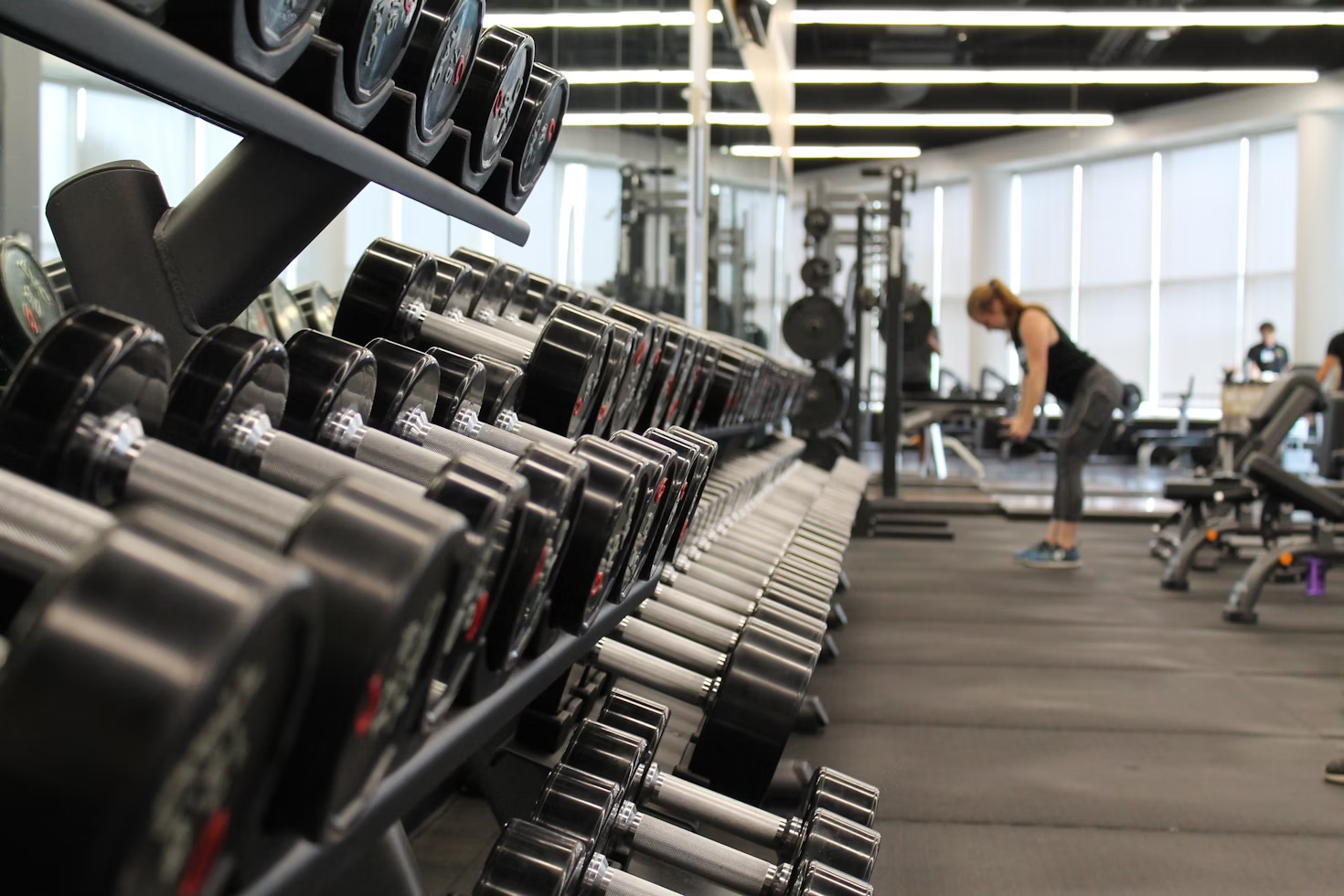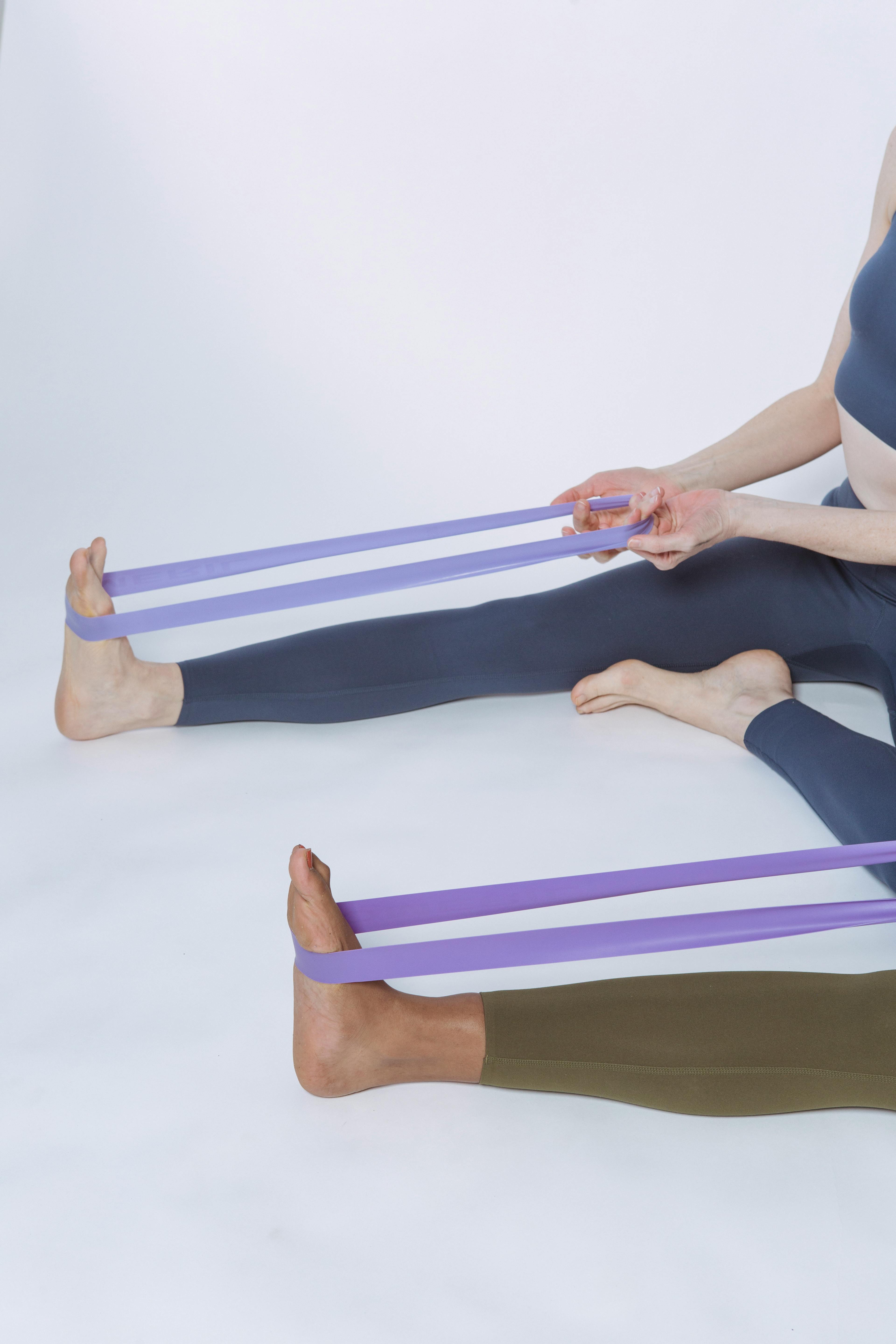Kinds of Air Bike For Your Choice
Benefits of Air Bike
Full-Body Workout: Air bikes engage both the upper and lower body simultaneously. The handlebars can be pushed and pulled while pedaling, engaging the arms, chest, and back muscles in addition to the lower body muscles worked during cycling. At BESTGYM, a leading gym machine factory, we ensure our air bikes are designed with precision and durability to maximize your workout efficiency. Our gym machine factory uses high-quality materials and advanced engineering to produce air bikes that offer a comprehensive and effective fitness experience.
High-Intensity Interval Training (HIIT): Air bikes are commonly used for HIIT workouts due to their ability to provide intense cardiovascular exercise. HIIT involves alternating between short bursts of maximum effort and periods of rest or lower-intensity exercise, making it an efficient way to burn calories and improve fitness.
Calorie Burning: Air bikes can help you burn a significant number of calories in a short amount of time due to the high intensity of the workouts they provide. This makes them effective for weight loss and improving overall fitness.
Low-Impact Exercise: Despite the intensity of the workouts they offer, air bikes provide low-impact exercise, making them gentler on the joints compared to activities like running or jumping. This makes them suitable for people with joint issues or those recovering from injuries.
Adjustable Resistance: Most air bikes allow you to adjust the resistance level to customize your workout intensity to your fitness level and goals. Some models also come with built-in workout programs and tracking features to help you monitor your progress over time.
.png)
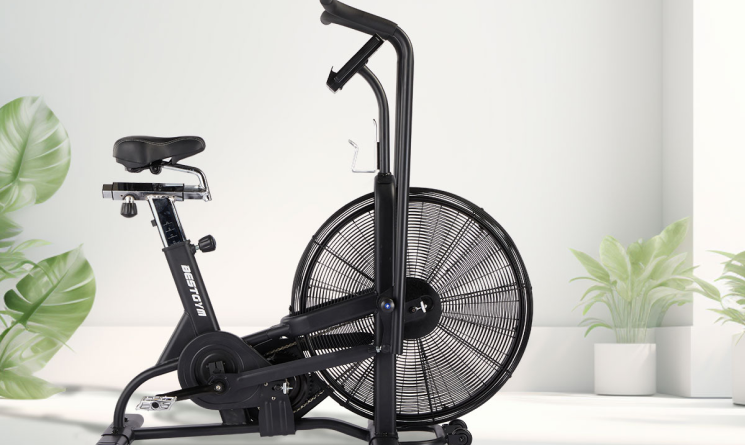
.png)
What's the Difference Between Air Bike and Spin Bike?
The main differences between an air bike and a spinning bike lie in their resistance mechanisms and the types of workouts they offer.
Resistance Mechanism:
Air Bike: An air bike uses air resistance generated by a large fan wheel at the front of the bike. As you pedal, the fan creates resistance by displacing air, which increases the resistance the harder you pedal.
Spin Bike: A spin bike, also known as a stationary bike or indoor cycling bike, typically uses friction-based resistance mechanisms such as magnetic resistance or a direct-contact brake system. Resistance is adjusted using a knob or lever to increase or decrease the resistance level.
Workout Experience:
Air Bike: Air bikes offer a dynamic and self-regulating resistance system. The harder you pedal, the more resistance you encounter, making it suitable for high-intensity interval training (HIIT) and intense cardiovascular workouts. Air bikes also engage both the upper and lower body simultaneously, providing a full-body workout.
Spin Bike: Spin bikes offer a more traditional cycling experience similar to riding a road bike. Resistance can be adjusted to simulate different terrains and intensities of cycling, making it suitable for endurance training, steady-state cardio, and interval workouts. Spin bikes primarily engage the lower body muscles but can incorporate upper body movements with optional handlebar configurations.
Muscle Engagement:
Air Bike: Air bikes engage both the upper and lower body muscles simultaneously due to the push-pull motion of the handlebars and the pedaling motion of the legs. This results in a more comprehensive full-body workout.
Spin Bike: Spin bikes primarily engage the lower body muscles, including the quadriceps, hamstrings, calves, and glutes. The upper body can also be engaged to a lesser extent by incorporating movements like standing sprints or using optional hand weights.
1. Adjust the Seat Height
Sit on the bike and place your feet on the pedals. Ensure your leg is almost fully extended when the pedal is at the lowest point. Adjust the seat height using the lever or knob, so your knees have a slight bend.
2. Set Up the Handlebars
Adjust the handlebars to a comfortable height, typically at or slightly below your shoulder level. Hold the handlebars firmly but not too tightly, allowing for a comfortable grip.
3. Start Pedaling
Maintain an upright posture with a straight back. Engage your core to support your spine.
4. Incorporate Arm Movement
Use your arms to push and pull the handlebars. This dual-action engages both your upper and lower body, providing a full-body workout. Coordinate your arm and leg movements to maintain a rhythmic and balanced workout.
5. Adjust Resistance
Increase your pedaling speed to increase resistance; air bikes use a fan to create resistance, so the faster you pedal, the harder it gets. Consider incorporating high-intensity interval training (HIIT) by alternating between periods of intense effort and recovery.
6. Monitor Your Progress
Use the bike's console to track your time, distance, speed, calories burned, and heart rate if available. Set specific workout goals and monitor your progress to stay motivated and improve over time.
